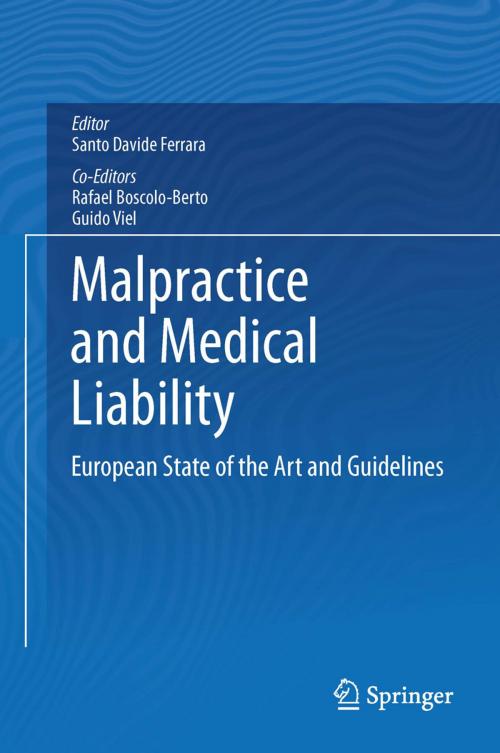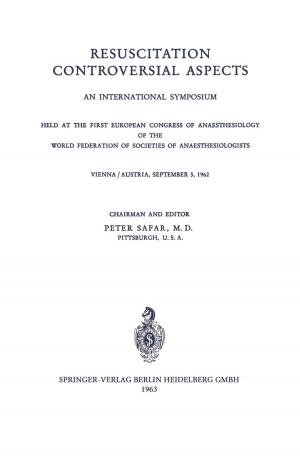Malpractice and Medical Liability
European State of the Art and Guidelines
Nonfiction, Reference & Language, Law, Medical Law & Legislation, Health & Well Being, Medical, Specialties, Forensic Medicine, Social & Cultural Studies, Social Science| Author: | ISBN: | 9783642358319 | |
| Publisher: | Springer Berlin Heidelberg | Publication: | April 11, 2013 |
| Imprint: | Springer | Language: | English |
| Author: | |
| ISBN: | 9783642358319 |
| Publisher: | Springer Berlin Heidelberg |
| Publication: | April 11, 2013 |
| Imprint: | Springer |
| Language: | English |
Medical responsibility lawsuits have become a fact of life in every physician’s medical practice. However, there is evidence that physicians are increasingly practising defensive medicine, ordering more tests than may be necessary and avoiding patients with complicated conditions. The modern practice of medicine is increasingly complicated by factors beyond the traditional realm of patient care, including novel technologies, loss of physician autonomy, and economic pressures. A continuing and significant issue affecting physicians and the healthcare system is malpractice. In the latter half of the 20th century, there was a major change in the attitude of the public towards the medical profession. People were made aware of the huge advances in medical technology, because health problems increasingly tended to attract media interest and wide publicity. Medicine is a victim of its own success in this respect, and people are now led to expect the latest techniques and perfect outcomes on all occasions. This burst of technology and hyper-specialization in many fields of medicine means that each malpractice claim is transformed into a scientific challenge, requiring specific preparation in analysis and judgment of the clinical case in question. The role of legal medicine becomes more and more peculiar in this judicial setting, often giving rise to erroneous interpretations and hasty scientific verdicts, but guidelines on the methodology of ascertainments and criteria of evaluation are lacking all over the world.The aim of this volume is to clarify the steps required for sequential in-depth analysis of events and consequences of medical actions, in order to verify whether, in the presence of damage, errors or non-observance of rules of conduct by health personnel exist, and which causal values and links of their hypothetical misconduct are involved.
Medical responsibility lawsuits have become a fact of life in every physician’s medical practice. However, there is evidence that physicians are increasingly practising defensive medicine, ordering more tests than may be necessary and avoiding patients with complicated conditions. The modern practice of medicine is increasingly complicated by factors beyond the traditional realm of patient care, including novel technologies, loss of physician autonomy, and economic pressures. A continuing and significant issue affecting physicians and the healthcare system is malpractice. In the latter half of the 20th century, there was a major change in the attitude of the public towards the medical profession. People were made aware of the huge advances in medical technology, because health problems increasingly tended to attract media interest and wide publicity. Medicine is a victim of its own success in this respect, and people are now led to expect the latest techniques and perfect outcomes on all occasions. This burst of technology and hyper-specialization in many fields of medicine means that each malpractice claim is transformed into a scientific challenge, requiring specific preparation in analysis and judgment of the clinical case in question. The role of legal medicine becomes more and more peculiar in this judicial setting, often giving rise to erroneous interpretations and hasty scientific verdicts, but guidelines on the methodology of ascertainments and criteria of evaluation are lacking all over the world.The aim of this volume is to clarify the steps required for sequential in-depth analysis of events and consequences of medical actions, in order to verify whether, in the presence of damage, errors or non-observance of rules of conduct by health personnel exist, and which causal values and links of their hypothetical misconduct are involved.















